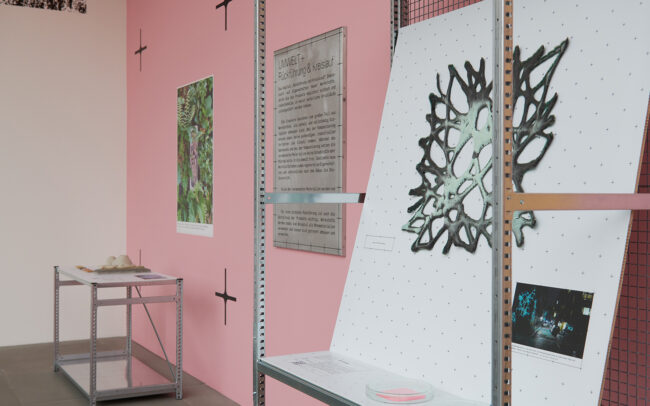What new materials are required now and in the future, and how can we ensure their sustainable production and usage? The design exhibition, Material+, engages with these questions through a combination of research projects, applications, and speculative designs. New materials have always held a critical role in design.
However, with the growing concern over depleting resources and the dual crises of climate change and biodiversity loss, designers are increasingly scrutinizing their material usage. The focus shifts towards environmental requirements and their subsequent social and economic implications. In the larger framework of sustainable design, new materials represent a significant aspect, though not the sole factor.
The exhibition, divided into three sections, presents a curated collection of design objects that explore the usage of new materials. It examines different aspects of the material cycle, from resource extraction and processing to application and use, and eventually, to reuse or return to the environment. It becomes evident that sustainable design does not solely hinge on the choice of new materials, but also considers the entire material life cycle.
RESOURCES AND PROCESSING
Can we create packaging from food waste? Can chairs be grown from minerals? Can shoes be made of lignin? The section on “Resources and processing” delves into the evolution and application of new materials derived from regenerative or recycled raw materials. Exhibits, including work by Tom Dixon and Maurizio Montalti, demonstrate how design can contribute to more efficient resource usage.






